A short time ago, I acquired a beautiful new microscope, and I’ve been having lots of fun with it. I plan on sharing quite a few things I’ll do with it over the coming months. I’ve had a variety of microscopes over the years, several of them handed down to me from my Dad, who is a retired chemist. The primary microscope I’ve used for large things (rocks, leaves, bugs, etc.) is a zoom stereo microscope that employs low powers to look at relatively large things. Recently, however, I’ve started exploring things with a biological microscope that employs higher magnifications, and it’s been fun.
Allende
Credit: David J. Eicher
The microscope is a Celestron Professional Biological Microscope 1550. I have it set up in my office at home and often bring in samples of water from the woods in back of our house or other strange things to marvel at the abundant life-forms — bacteria, algae, fungi, and other strange things. What does this have to do with astronomy? Plenty. If and when we discover life on other planets, it will most likely resemble something like microbes on Earth, as planets containing microbial life are probably far more common in the cosmos than civilizations.
I’ve also had great fun looking at meteorites at high powers with this scope. Illumination coming from below lights up most specimens when using a biological microscope. But adding illumination from above allows you to look at things like slices of meteorites at very high powers, and the results are something like fine art on a micro scale.
Consider the cement-colored crystals of Zagami, interlocked in a chaotic pattern, and then realize that you’re looking at a piece of solidified lava from Mars in this rare stone. Or the sliced white inclusions in Allende, a meteorite that fell in Mexico, composed of calcium and aluminum droplets that predate Earth. Or the big chondrules of mixed minerals in NWA 869 and NWA 3113. Or the interlocked crystals of Dhofar 007, a piece of the asteroid Vesta.
It’s mind-blowing stuff, and you can see such crystals — and look back into the earliest days of the solar system — in style with a microscope like the one I now have. It really ought to be an accessory for every amateur astronomer, to cover the small scale of things as well as looking out in your telescope to cover the very large.
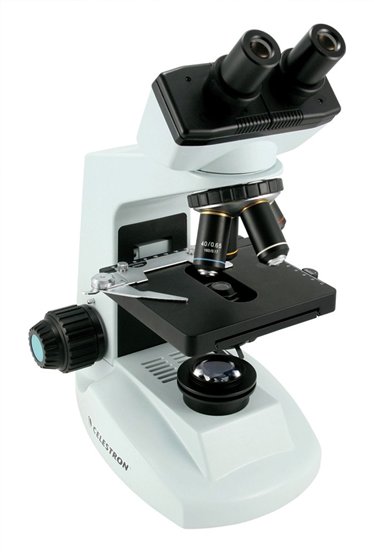
Credit: Celestron
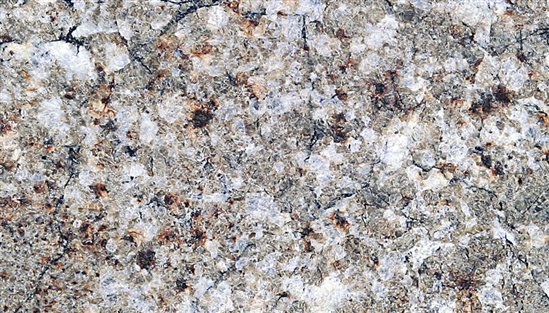
Dhofar 007 Credit: David J. Eicher
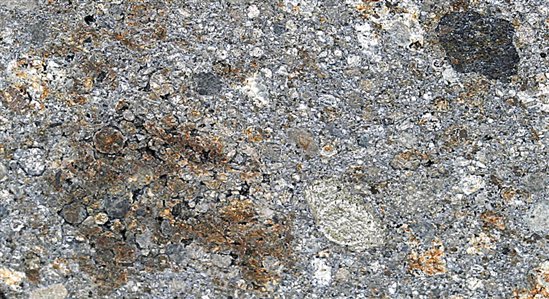
NWA 869 Credit: David J. Eicher
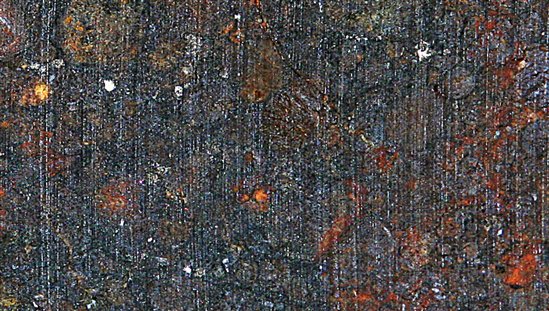
NWA 3113 Credit: David J. Eicher
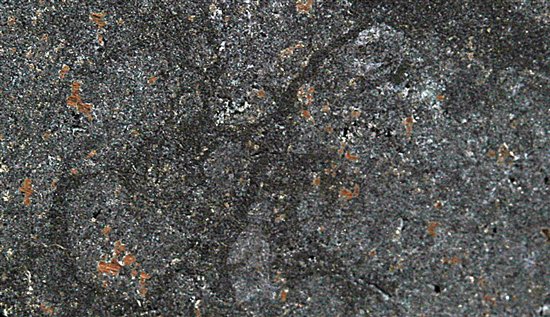
Park Forest Credit: David J. Eicher
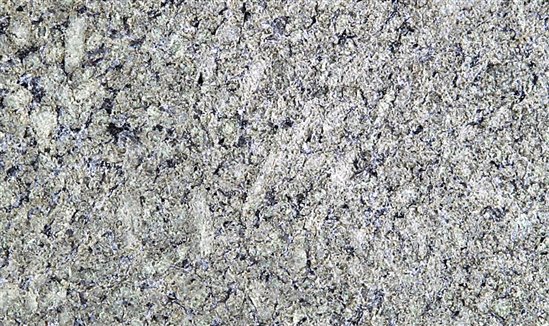
Zagami Credit: David J. Eicher